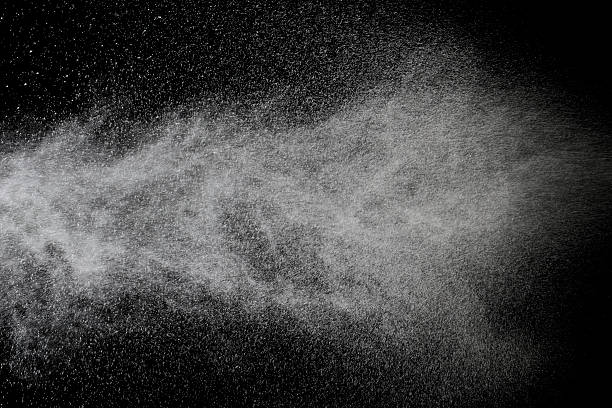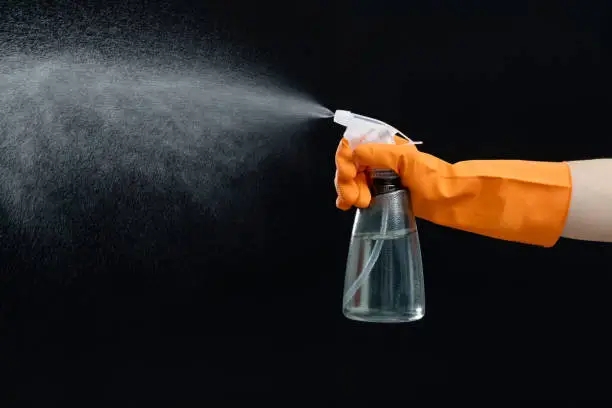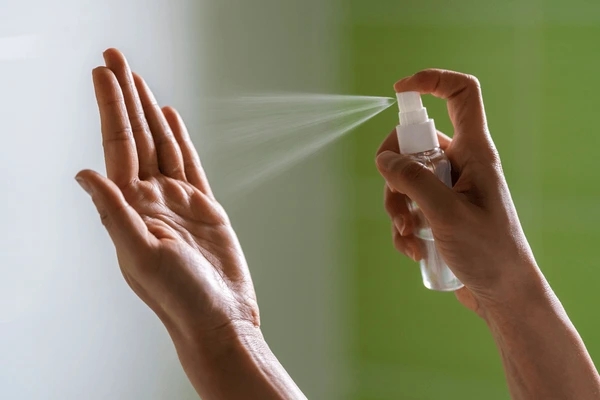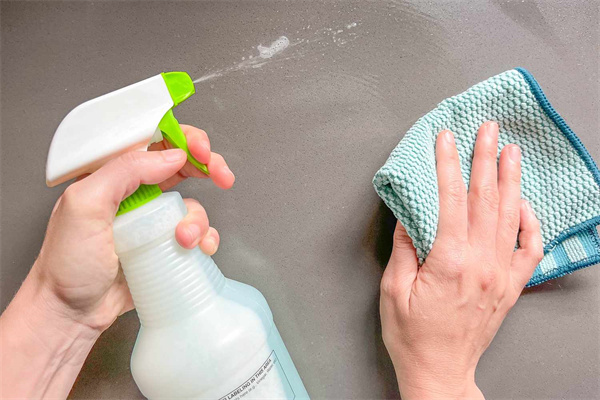How Mist Spray Bottles Work and Why They Are Essential for Everyday Use
August 27, 2024
When you think about everyday household tools, the mist spray bottle is often overlooked. Yet, spray bottles are essential in countless industries, from cleaning and gardening to personal care and cosmetics. Understanding how a mist spray bottle works can help you choose the right one for your needs and maintain it properly.

The Basic Mechanism Behind Mist Spray Bottles
A mist spray bottle uses a simple but clever pump mechanism. When you pull the trigger, the pump draws liquid up through a plastic tube from the reservoir. This liquid is then forced through a nozzle that breaks the stream into fine droplets. High-quality spray bottles can produce a consistent fine mist, making them perfect for applications like facial mists, plant watering, or hair styling.
A well-designed mist spray bottle should have an adjustable nozzle. Many modern spray bottles allow you to switch between a concentrated stream and a wide mist. This flexibility means you can use the same bottle for multiple purposes.
How Popular Are Spray Bottles?
According to a report by Grand View Research, the global spray bottles market was valued at over USD 3.5 billion in 2022 and is expected to grow at a CAGR of 5.7% from 2023 to 2030. This shows just how widely mist spray bottles are used across households and industries.
Benefits of Using Mist Spray Bottles
Mist spray bottles offer several practical advantages:
● Efficient Application: They spread liquids evenly with minimal waste.
● Eco-Friendly: Many spray bottles are reusable and made from recyclable materials.
● Multi-Functional: From household cleaners to beauty products, one spray bottle can serve different tasks.



Choosing the Right Mist Spray Bottle
When selecting spray bottles, look for:
● Durable Materials: PET, HDPE, or glass.
● Ergonomic Design: Easy to hold and operate.
● Leak-Proof Trigger: Prevents accidental spills.
● Adjustable Nozzle: For customized spray patterns.
Maintaining Your Mist Spray Bottle
To keep your mist spray bottle working well:
1. Rinse it regularly to prevent clogging.
2. Avoid using corrosive chemicals that can damage the pump.
3. Store spray bottles upright to avoid leaks.
Conclusion
A mist spray bottle is a simple tool, but it makes daily tasks more efficient and sustainable. Whether you use spray bottles for cleaning, beauty routines, or gardening, investing in a quality mist spray bottle will save you time and effort.
If you're interested in high-quality spray bottles for your brand or business, explore options that balance durability, design, and functionality.
